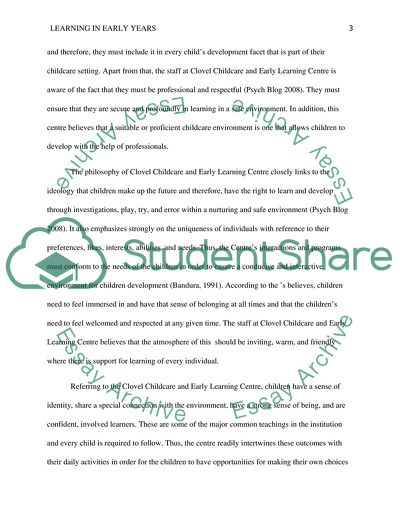Cite this document
(Learning In Early Years Essay Example | Topics and Well Written Essays - 1500 words - 1, n.d.)
Learning In Early Years Essay Example | Topics and Well Written Essays - 1500 words - 1. https://studentshare.org/education/1785850-learning-in-early-yrs
Learning In Early Years Essay Example | Topics and Well Written Essays - 1500 words - 1. https://studentshare.org/education/1785850-learning-in-early-yrs
(Learning In Early Years Essay Example | Topics and Well Written Essays - 1500 Words - 1)
Learning In Early Years Essay Example | Topics and Well Written Essays - 1500 Words - 1. https://studentshare.org/education/1785850-learning-in-early-yrs.
Learning In Early Years Essay Example | Topics and Well Written Essays - 1500 Words - 1. https://studentshare.org/education/1785850-learning-in-early-yrs.
“Learning In Early Years Essay Example | Topics and Well Written Essays - 1500 Words - 1”. https://studentshare.org/education/1785850-learning-in-early-yrs.


